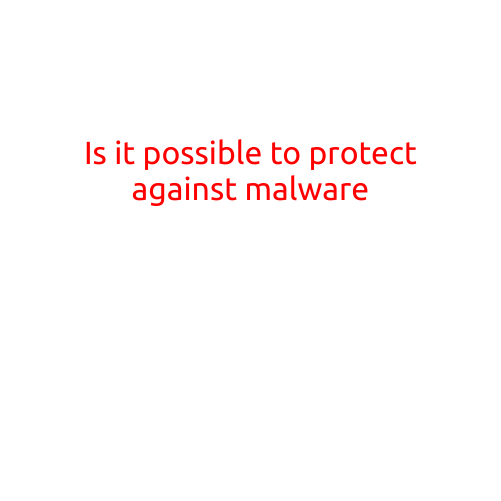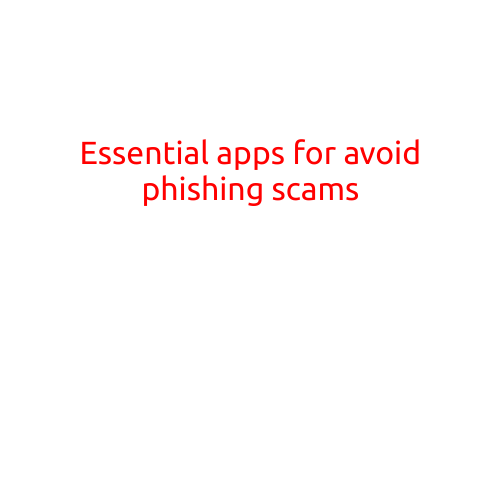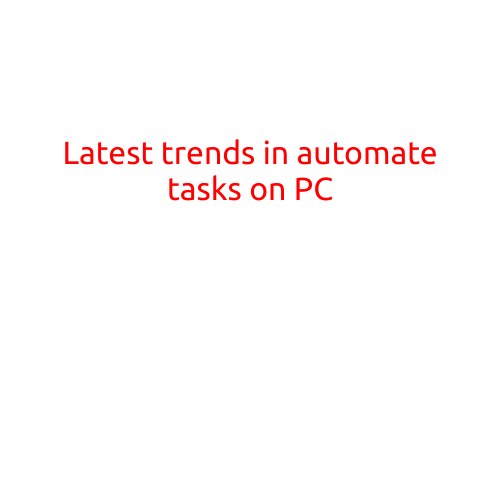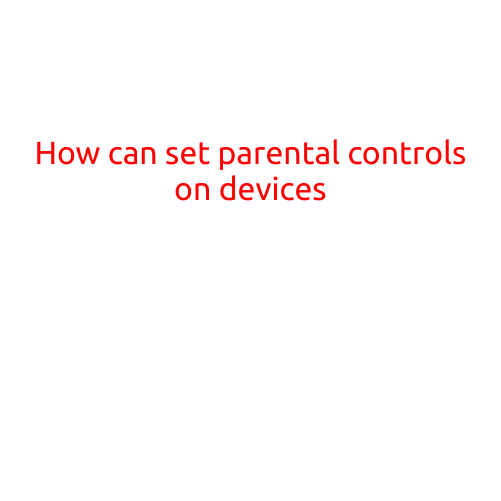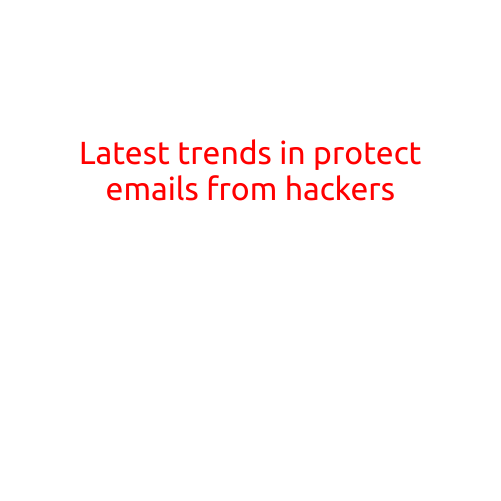
Latest Trends in Protecting Emails from Hackers
Emails have become an essential part of our daily lives, both personal and professional. With the increasing reliance on email communication, it’s no surprise that hackers have set their sights on exploiting email vulnerabilities to gain access to sensitive information. In recent years, hackers have developed sophisticated tactics to infiltrate email systems, making it crucial to stay up-to-date with the latest trends in email security. In this article, we’ll explore the latest trends in protecting emails from hackers.
1. Multi-Factor Authentication (MFA)
One of the most effective ways to secure emails is by implementing Multi-Factor Authentication (MFA). MFA requires users to provide additional forms of verification beyond just a password, such as a fingerprint, facial recognition, or a one-time code sent to their mobile device. This added layer of security makes it much more difficult for hackers to gain unauthorized access to email accounts.
2. Encryption
Encryption is another key trend in email security. It involves scrambling email content, making it unreadable to unauthorized parties. There are two types of encryption: symmetric and asymmetric. Symmetric encryption uses the same key to encrypt and decrypt data, while asymmetric encryption uses a public-private key pair. Both methods can be applied to email communication, ensuring that even if a hacker gains access to an email, they won’t be able to read its contents.
3. Artificial Intelligence (AI) and Machine Learning (ML)
Artificial Intelligence (AI) and Machine Learning (ML) are becoming increasingly important in email security. AI-powered email filters can detect and block malicious emails, while ML algorithms can analyze user behavior to identify potential security threats. These technologies enable email providers to stay ahead of emerging threats and improve the effectiveness of email security measures.
4. Zero-Day Exploit Protection
Zero-day exploits occur when hackers find and exploit vulnerabilities in software or operating systems before the developers have a chance to fix the issue. To combat these threats, email security solutions are incorporating zero-day exploit protection. This technology detects and blocks attacks that exploit newly discovered vulnerabilities, ensuring that email communications remain secure even in the face of emerging threats.
5. Secure Your Email Clients and Devices
Finally, it’s essential to ensure that your email clients and devices are properly secured. This includes keeping software up-to-date, using strong passwords, and enabling two-factor authentication (2FA) on devices. Additionally, using a reputable antivirus program and a firewall can help detect and prevent malware infections.
Best Practices for Protecting Emails from Hackers
While these latest trends in email security provide a solid foundation for protecting emails from hackers, there are some best practices you should follow to maximize your email security:
- Use strong, unique passwords for email accounts and devices.
- Enable two-factor authentication (2FA) on email accounts and devices.
- Keep software and operating systems up-to-date with the latest security patches.
- Be cautious when clicking on links or downloading attachments from unknown senders.
- Use a reputable antivirus program and a firewall.
- Regularly back up your email data to prevent data loss in case of a security breach.
In conclusion, protecting emails from hackers requires a combination of cutting-edge technology, best practices, and awareness of the latest trends in email security. By implementing MFA, encryption, AI-powered filters, zero-day exploit protection, and securing your email clients and devices, you can significantly reduce the risk of email hacking and ensure your data remains secure.
